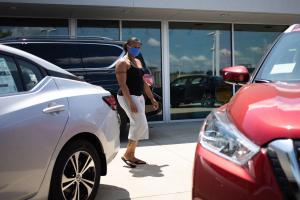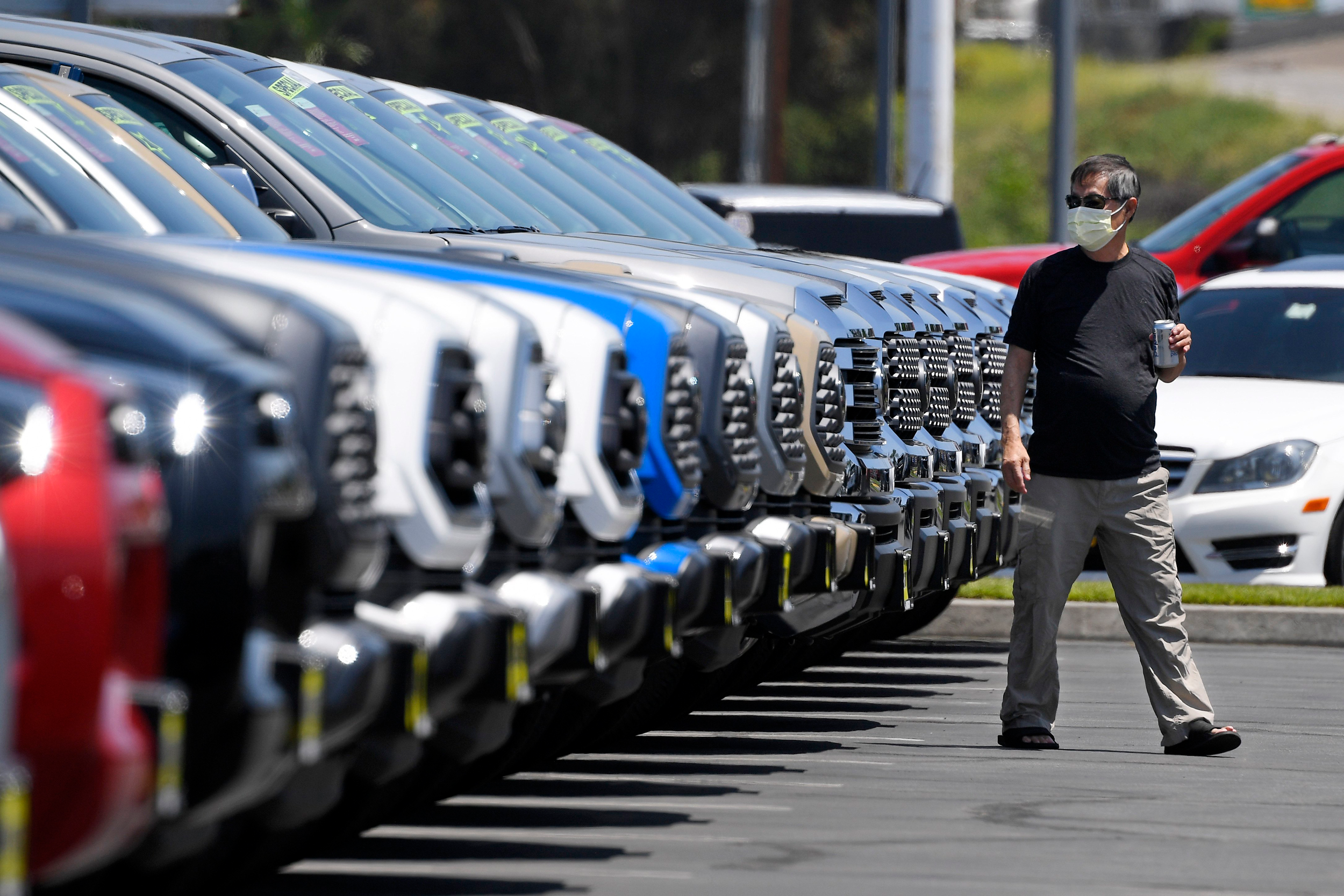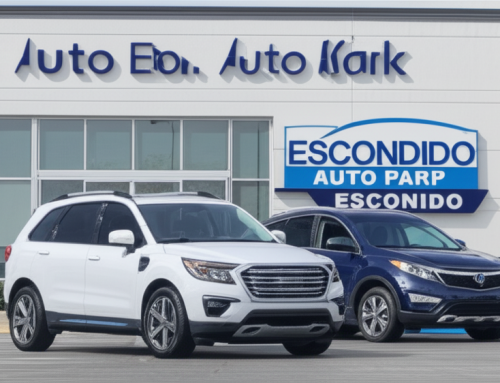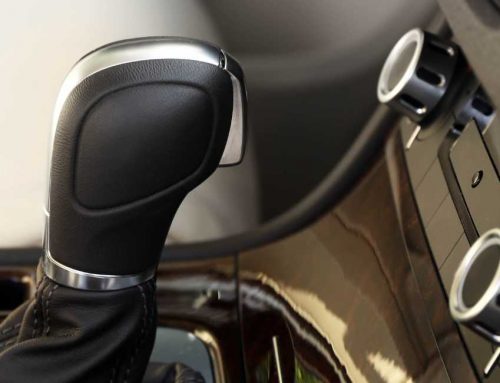The COVID-19 pandemic has turned the entire world upside down since early 2020. More than a year of sanitization, social distancing, stay-at-home orders, widespread shutdowns of businesses across almost every industry, and rampant fears of disease and death have changed the way society functions in many different ways—some temporary and some forever. Has car shopping changed post-COVID?
One industry that has been particularly affected—likely permanently—by the COVID-19 pandemic is the auto industry. The auto industry struggled significantly through the height of the COVID-19 pandemic. At the beginning of the pandemic, many car dealerships were forced to close for multiple months before auto sales were determined to be essential services, and dealership lots were allowed to reopen—although auto maintenance, repairs, and part replacements were deemed essential services from the very beginning of the pandemic.
Even after the sales segments of car dealerships were allowed to reopen, however, they had to change the way they did business in order to keep their sales numbers up. Millions of Americans became temporarily or permanently unemployed due to COVID-19-related business shutdowns, which led to major financial struggles that significantly decreased the number of people who were willing and able to purchase a new or even a used vehicle throughout 2020. Widespread fear and stay-at-home orders also contributed to the loss of sales in the auto industry because many people did not want to risk leaving their homes for a non-essential purpose such as buying a new car.

COVID-19 pandemic has changed car shopping
Auto sales declined by as much as 80% in April of 2020 as the COVID-19 pandemic really began to spread and stay-at-home orders and business shutdowns were implemented and extended around the world. 2020 overall is expected to mark the fourth-largest annual decline in sales in the auto industry throughout the United States in more than four decades.
However, despite the many challenges it faced throughout the height of the COVID-19 pandemic, the auto industry successfully adapted to remain afloat through the pandemic and is prepared to land on its feet in the post-COVID world. As of the second quarter of 2021, the auto industry and its sales numbers have all but recovered from the extreme drops they suffered throughout 2020.
So what do these adaptations mean for the future of the auto industry? How has car shopping changed post-COVID?
Increase in Information Available Online
When car dealerships were forced to temporarily shutter their showrooms and sales lots in March of 2020, most of these dealerships increased their online presence in order to make up for their sudden loss of in-person customers.
This increase in car dealerships’ online presence led to a significant increase in the amount of information that is available online about cars for sale. Many car dealerships began regularly updating their online inventories, including more pictures of their available vehicles online, and listing their current prices and special deals and discounts on their websites.
With more information available online, drivers who are in the market for a new vehicle are able to more easily compare prices and models between dealerships in order to find the best deal and the best vehicle model for their needs, lifestyle, and driving preferences.
More Streamlined Car-Buying Process
In addition to listing more information to be readily available for potential buyers to see online, many car dealerships have enhanced their websites to allow their customers to complete much of the car-buying process online.
Many car dealerships now allow their customers to do everything from select their preferred vehicle model, begin their financing process, and even sign paperwork from behind their computer screen without ever leaving the comfort and safety of their living room. This increase in the online functionality of car dealerships’ websites has led to a more streamlined car-buying process for drivers who are in the market for a new vehicle.
Downsized Dealership Lots
While this has not yet become a reality, many car dealerships are expected to downsize their sales lots and showrooms as more and more customers begin to complete the vast majority of the car-buying process online from the comfort of their own home.
The days when drivers in the market for a new vehicle drove straight to their local car dealership to browse vehicle models in person are likely gone in the post-COVID world. If car shoppers aren’t visiting dealerships in person to shop for their new vehicles, car dealerships will not be incentivized to keep spending exorbitant amounts of money to maintain their fancy showrooms and expansive sales lots.
It is uncertain exactly what car dealership lots will look like in the future, but it is expected that many car dealerships will downsize the areas where they sell and showcase vehicles because most of their shoppers will view their vehicles on their website instead.






